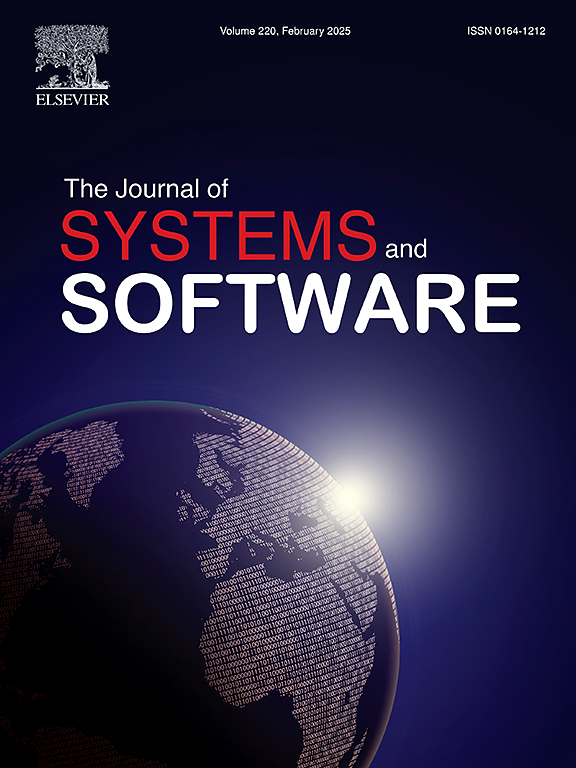Understanding comment practices in Scratch: A study of comments in a block-based visual programming language
IF 3.7
2区 计算机科学
Q1 COMPUTER SCIENCE, SOFTWARE ENGINEERING
引用次数: 0
Abstract
Comments are vital for software documentation. They provide necessary insights and assist developers in understanding and maintaining the software. Due to their importance, comments have been extensively studied, and much has been learned about them. These existing studies have predominantly focused on text-based languages. Conversely, block-based visual programming languages, particularly Scratch, are becoming increasingly popular. Some studies regarding comments related to the Scratch online community focus on topics such as fostering online community and engagement, sentiment analysis, etc. However, they overlook the visual aspects and the qualitative analysis of comments within code in Scratch projects. This is a meaningful limitation, and this research project studies comments and their pattern in Scratch projects from both textual and visual perspectives. We examined comments collected from different Scratch projects. Each comment was manually annotated based on textual and visual attributes, producing a taxonomy model of comments for a visual programming language. The classification results were analyzed to understand better the practice of commenting in Scratch. Our result revealed that Scratch projects produced noisier(i.e., less understandable) comments than text-based programming languages like Java. In addition, the study also revealed several limitations and shortcomings that could be addressed to improve the commenting experience in Scratch.
求助全文
约1分钟内获得全文
求助全文
来源期刊

Journal of Systems and Software
工程技术-计算机:理论方法
CiteScore
8.60
自引率
5.70%
发文量
193
审稿时长
16 weeks
期刊介绍:
The Journal of Systems and Software publishes papers covering all aspects of software engineering and related hardware-software-systems issues. All articles should include a validation of the idea presented, e.g. through case studies, experiments, or systematic comparisons with other approaches already in practice. Topics of interest include, but are not limited to:
•Methods and tools for, and empirical studies on, software requirements, design, architecture, verification and validation, maintenance and evolution
•Agile, model-driven, service-oriented, open source and global software development
•Approaches for mobile, multiprocessing, real-time, distributed, cloud-based, dependable and virtualized systems
•Human factors and management concerns of software development
•Data management and big data issues of software systems
•Metrics and evaluation, data mining of software development resources
•Business and economic aspects of software development processes
The journal welcomes state-of-the-art surveys and reports of practical experience for all of these topics.
 求助内容:
求助内容: 应助结果提醒方式:
应助结果提醒方式:


